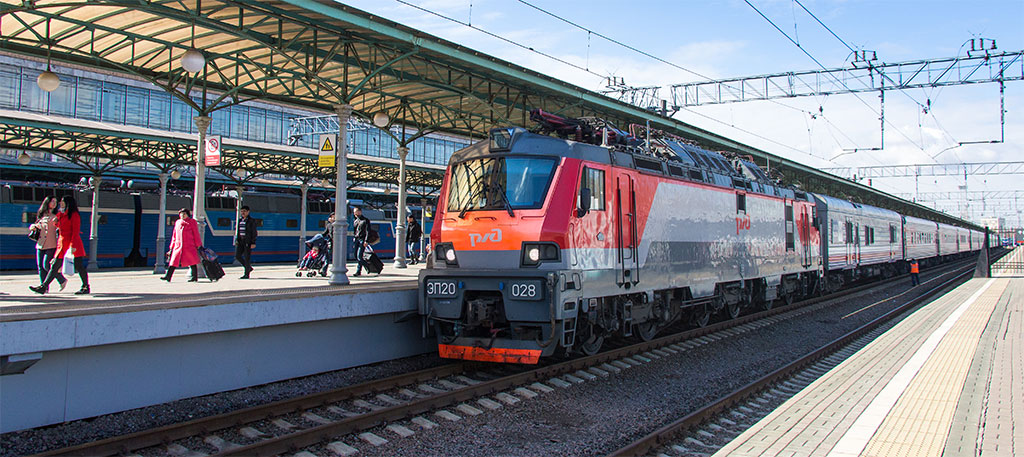Transport Security project
In order to mitigate the risk of unauthorised interference in the operations of railway transportation, Russian Railways continued the implementation of the Transportation Security project in 2015 as part of the Russian Railways Investment Programme.
A range of measures was carried out in 2016 to protect railway transportation facilities against acts of unauthorised interference. Most of the measures aimed to enhance the protection of essential public railway transportation facilities, above all categorised infrastructure facilities and rapid-transit railway sections.
A total of 6,633 infrastructure facilities of Russian Railways were put under protection in 2016, a 0.7% increase from 2015, including 1,684 essential public railway transportation facilities and 482 railway stations. The Company set up 403 specialised groups from railway transportation departmental security with more than 7,560 people to perform measures aimed at preventing unlawful acts on railways.
The following measures were conducted in the reporting year using the RUB 645.6 mln earmarked by Russian Railways:
- the completion of the installation of transportation security equipment on the St. Petersburg-Poshchino (km 0-58) of the St. Petersburg-Helsinki route;
- design and survey work was completed to upgrade transport security hardware systems to monitor the railway tracks on the rapid-transit section Gavrilovo-Buslovskaya section of the St. Petersburg-Helsinki route;
- transport and technical security systems were installed or modernised at 23 facilities (railway stations, bridges, tunnels, locomotive depots and communications centres).
In addition, work was performed to provide technical equipment for the complex automated screening system of the Sochi railway facility at the Sochi Airport as part of the spending of federal budget subsidies granted to Russian Railways.
As part of investment projects and measures to create technical security systems, the number of facilities equipped with such security equipment has increased to 1,715, or 5.4% more than the same indicator for 2015.
